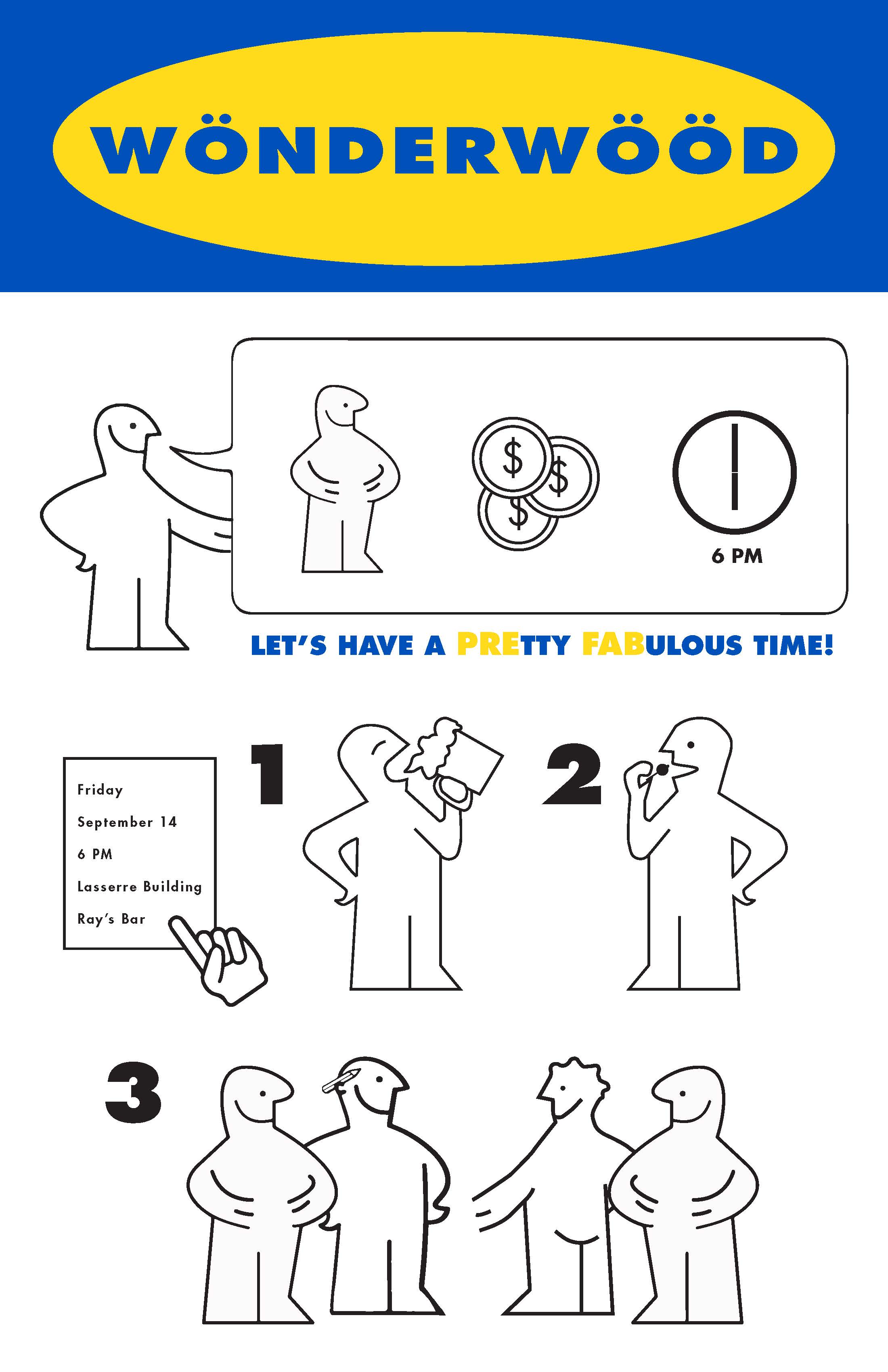PREFABRICATION & ROBOTICS IN WOOD ARCHITECTURE
As innovation in technology enables architects and engineers to design and fabricate a wider range of forms and details as well as engage with the complexities of the natural material, the potential of wood is becoming accessible, leading to a new material language. Innovation in material results in innovation in architecture. Technology both supports the development of new materials, and changes how we use traditional ones. In parallel, these innovations bring about a change in how the building is made, and in many cases, how the building is designed and conceived. Wood is of particular renewed interest these days due to its sustainable characteristics including the fact that it actually not only produces little GHG emissions in its production but also stores carbon. As such, it is seen by many as the material of the future.
+ TECHNOLOGICAL INNOVATION
Research on innovation has pointed out that the building industry, while on par with other industries in relation to incremental innovations with minor changes in the product, are laggard adopters when it comes to systemic innovations (product and process innovations that require multiple firms to change their processes) (Taylor 2006, 16). Systemic innovation diffuses slowly in project-based industries such as the construction industry today (Taylor 2006, 9) since it requires multiple firms acting together to implement the change. Systemic innovations such as the one being investigated in this studio – a major change in the conceptual approach to wood design – would thus require not only an innovation in the actual development of the technology but also a re-examination of the process of design and building in order to avoid the friction inherent in the conventional building industry of today.
Part of the innovation brought to the construction industry by the new technologies is the speed of construction brought to projects through the prefabrication of building elements. The speed of construction can be significant if elements are factory manufactured and brought to site with instructions for fabrication embedded within the elements. Another aspect of innovation with robotic fabrication is the accuracy of the technology: the tolerances for robotically fabricated wood are within millimeters, allowing minimal seams and better performance of the constructed building.
+ STUDIO FOCUS
This studio seeks to experiment with the emerging language of wood and the potential of current innovations to change how we design in wood. In particular it will look at robotic and prefabricated structures and what opportunities these combination of innovations can bring to design. The processes involved in material production in turn influence design processes and how we design in wood, bringing it full circle. As such, although the studio begins its inquiry with the fabrication and construction of materials, it will use this research to inform the design process.
